
Fantasy of the 20th Century
A selection of fantasy classics ranking among my personal favorites, not necessarily in that order. Admittedly, my literary taste leans rather toward “high fantasy” – nevertheless perhaps worth giving some of them a try ...
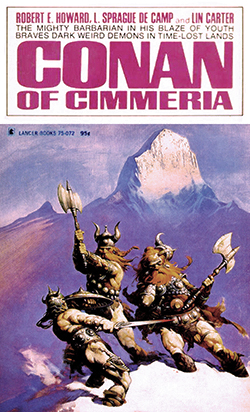
The first book I ever read in English, apart from set texts for school. At sixteen, I found Conan much more interesting than Frodo. Those covers by Frank Frazetta were just stunning. In recent years, Robert E. Howard has come to be viewed in his context, as a major Texan writer of pulp adventure stories. If the final text of literary merit is the power to endure, Howard's stories still have an authenticity making those of his many imitators seem bland and bloodless in comparison.
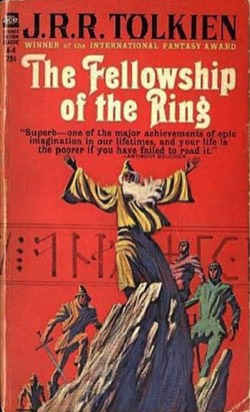
“Three Rings for the Elven-kings under the sky ...” Meanwhile, I happen to own half a dozen different editions of the “Ring Trilogy”, most of them with better covers and fewer misprints, and printed on better paper. However, the first version I ever read was the notorious unauthorised Ace Books edition of 1965, at 75 ¢ per volume, which paved J. R. R. Tolkien's way to success and worldwide bestseller fame. (And just to mention it: The runes on the cover are merely decorative and don't make any sense.)
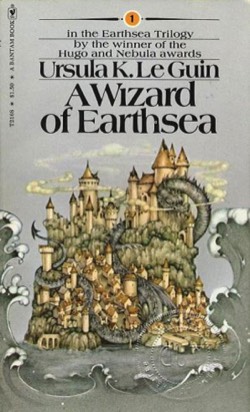
Ursula K. Le Guin managed to know, and cherish, Tolkien’s work and still not to be influenced by it to such an extent that it overshadowed her own. Ged, the wizard of Earthsea, who nevertheless tries to make the best use of his abilities and to learn from his own mistakes, is a sort of role model for me. Apart from that, I like her restrained, unagitated style which is why I have been collecting her works. All of them, including her various volumes of poetry and children's books.
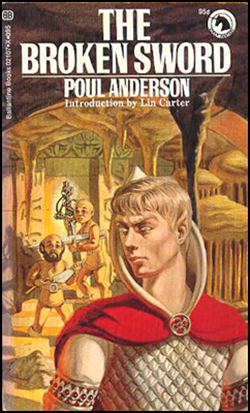
First published in 1954, the novel shows certain parallels to The Lord of the Rings, but with an entirely different feel to it: not a Christian but a heathen book. Here, the broken sword is no symbol of hope but rather of doom. Poul Anderson, himself of Danish descent, was fascinated by Viking history and culture, but he never wrote a similarly impressive Dark Age fantasy in his later years. As a reader, you even don’t take exception to Skafloc’s tragic end.
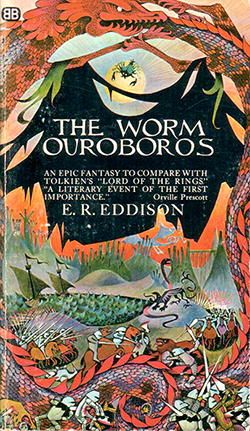
No worm, but the Serpent itself. An unique, though flawed masterpiece. I read it at nineteen, between leaving school and attending university. Looking backwards, I really can’t tell how much of the text I comprehended at that time. More than twenty years later, I translated the – supposedly untranslatable – novel into German, matching E. R. Eddison's pseudo-Elizabethan style with fanciful German Baroque. I still think it the best translation I ever did.
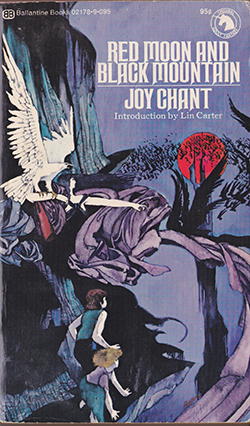
A highly underrated novel. What starts out as a children’s book in the style of C. S. Lewis’s “Narnia Chronicles”, turns into a wholly different kind of story. The riders of the Hurnei leave even Tolkien’s Rohirrim in the dust. And the final confrontation has some moments for which you may easily ditch a handful of other novels. Not to mention the bittersweet ending.
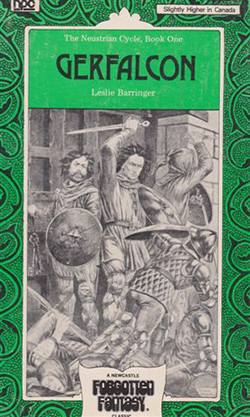
No part of the fantasy mainstream, even if a German translation was published in a series called ‘Library of Fantastic Adventures’. Leslie Barringer wrote in the tradition of the historical boys’ novel by authors such as G. A. Henty, rarely read these days anymore. The story is situated in an imaginary country resembling fifteenth century France – without magic in a literal sense but full of it anyway. He also wrote some splendid historical novels, which passed away unnoticed.
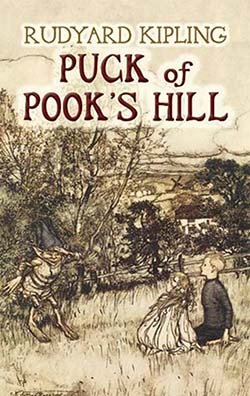
Today, Rudyard Kipling is mostly known for The Jungle Book. But apart from being an imperialist, he was a man who loved his country and, in a way similar to but also quite different from Tolkien, tried to create his own “Mythology for England”. The result was two books in which Puck (from “A Midsummer Night’s Dream”) vividly tells the whole history of England to two children in a series of interconnected stories and poems.
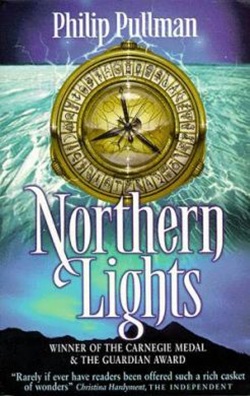
Northern Lights is the British title of the novel known in the USA as The Golden Compass, the first volume in the “His Dark Materials” trilogy. If you have just seen the movie and haven’t read the book, you are much the poorer. Philip Pullman writes in the tradition of the Victorian novel, which is not quite my cup of tea, but his novels have an ingenuity and originality rare to fantasy writing. And, just to mention it, he shares my distrust of the fiction of C. S. Lewis.
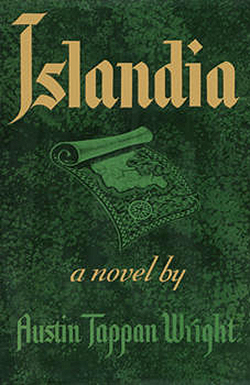
One of those books which will either bore you to death or change your life. Austin Tappan Wright, a professor of corporate law at Harvard, had been working on it throughout his life. Published in 1942, eleven years after his death, it was never a bestseller but seems to be a book that just refuses to die and be forgotten. It is situated on a fictitious continent of the Southern hemisphere and is neither utopian novel nor fantasy (or maybe both).
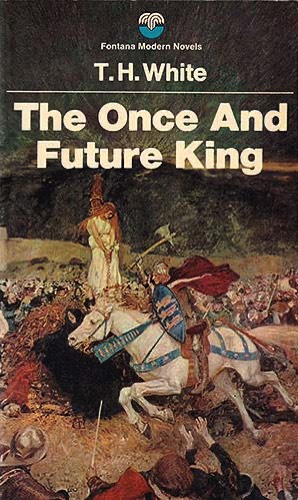
T. H. White wrote this sequence of novels during WW II while biding his time in Ireland and trying to teach himself the art and sport of falconry. It is an attempt to come to terms with mankind's predilection towards violence and the author's self-confessed sadism. In spite of all this, it is a glorious picture of an imagined past and probably the best Arthurian fiction ever written. The Disney animation movie Merlin and Mim captures some of the humour but not the underlying sadness.
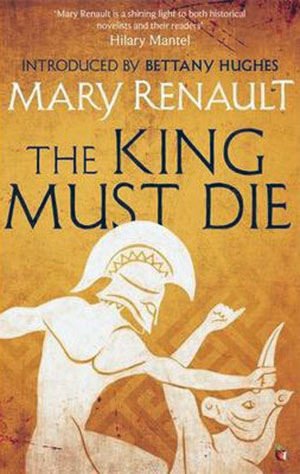
Mary Renault is an icon of gay and lesbian activists, and most of her novels deal with male lovers. The King Must Die and its sequel, The Bull from the Sea, are the exception. They tell the story of Theseus of Athens and the fall of Crete. While the events are viewed by the characters in mythological terms, the reader may interpret them psychologically – and this precarious balance is maintained throughout. A remarkable feat.